The eyes of a cat have always held an almost mystical power over humans. Those mesmerizing orbs can shift from icy blue to molten amber in ways that seem to defy nature itself. Some felines possess gazes so captivating they’ve inspired legends, while others sport eye combinations that appear engineered by an artist rather than genetics.
What creates these stunning variations lies deep within the intricate world of feline genetics. Understanding the science behind these colors involves unraveling the intricate interplay of genetics, pigments, and environmental factors. The two main types of pigments that affect eye color are melanin and lipochrome. Melanin is responsible for creating dark colors, such as brown or black, while lipochrome produces lighter colors like yellow and green. From breeds that maintain ethereal blue eyes throughout their lives to those blessed with the rare gift of heterochromia, these genetic secrets have created some of the most breathtaking gazes in the animal kingdom. Let’s explore these remarkable feline breeds and discover what makes their eyes so extraordinary.
Siamese Cats
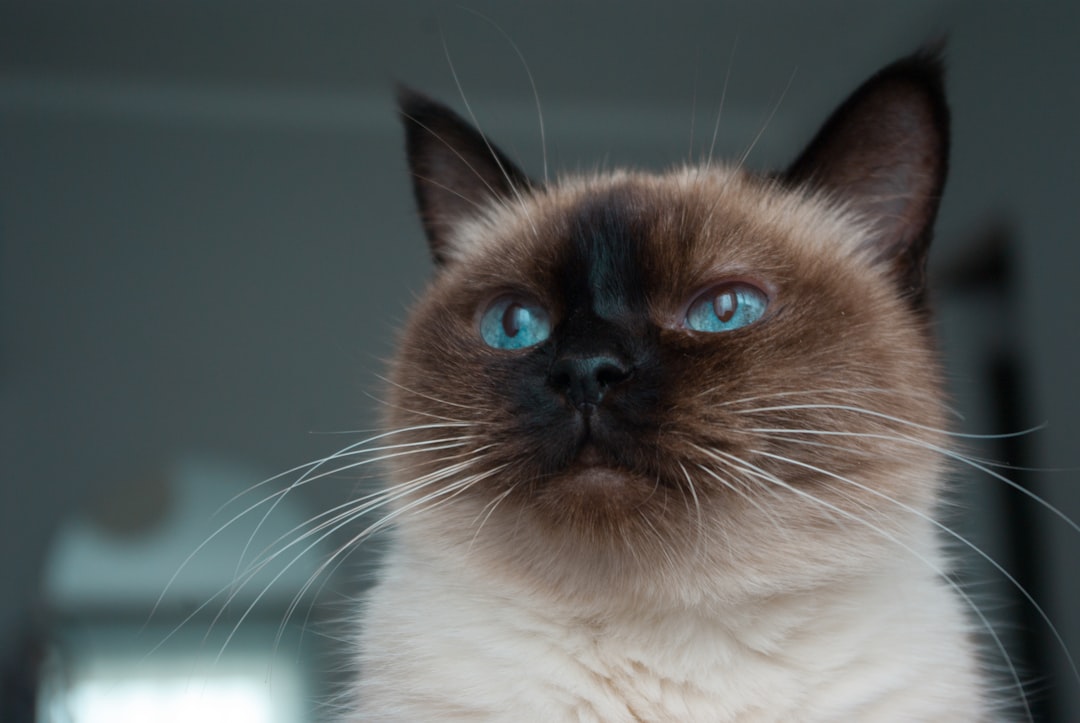
All Siamese cats have blue eyes in varying shades of intensity. Siamese cats have a form of partial albinism controlled by temperature-sensitive enzymes. This means all Siamese kittens are born with white fur that only develops color later in life thanks to a temperature-sensitive enzyme. Their piercing blue gaze creates a stunning contrast against their pointed coat pattern, making their eyes appear like sapphires set against velvet.
Siamese cats are a good example of a breed with an eye color linked to their coat color. All Siamese cats have blue eyes in varying shades of intensity. The genetic connection between their distinctive colorpoint pattern and their brilliant blue eyes makes them one of the most recognizable breeds in the world. These cats truly embody the perfect marriage of genetics and beauty.
Russian Blue Cats
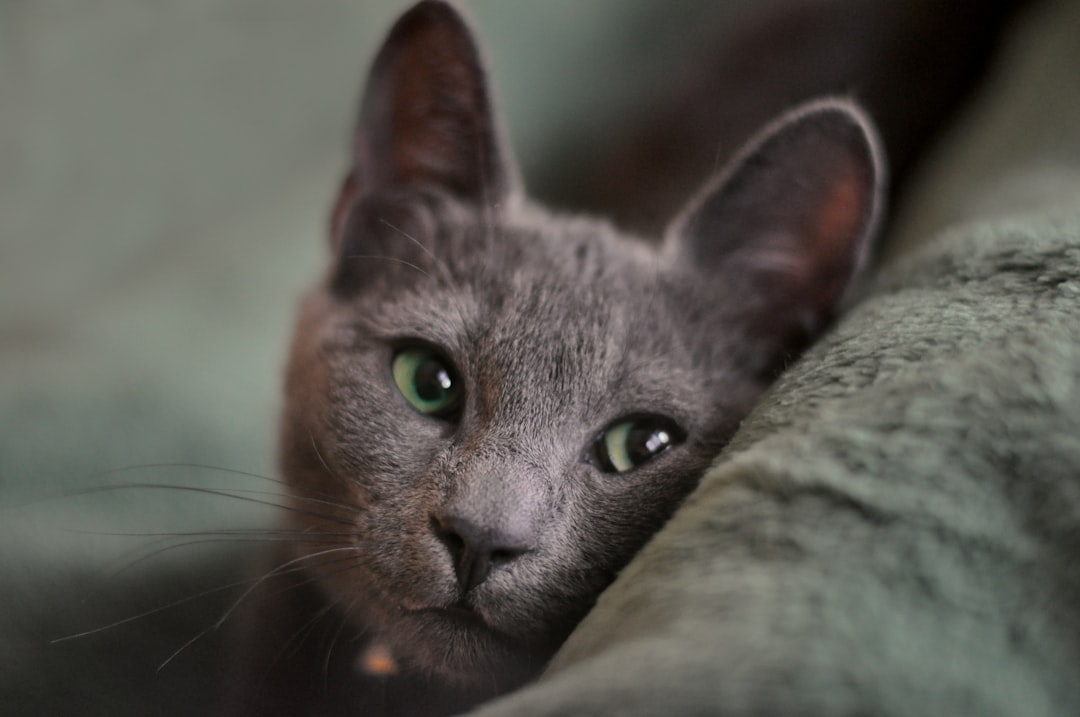
The Russian Blue has bright green eyes, pinkish lavender or mauve paws, two layers of short thick fur, and a blue-grey coat with a silver sheen. These emerald gems seem to glow against their silvery-blue coat, creating an otherworldly appearance that has captivated cat enthusiasts for generations.
Breeders in Scandinavia also started to develop their version of the breed using Siamese and a blue cat named Pierette but their cats had short tight dark coats and magnificent emerald green eyes set like jewels in the triangular head. The intensity of their green eyes often doesn’t reach full brilliance until the cat matures, making the final result even more spectacular.
Turkish Angora Cats
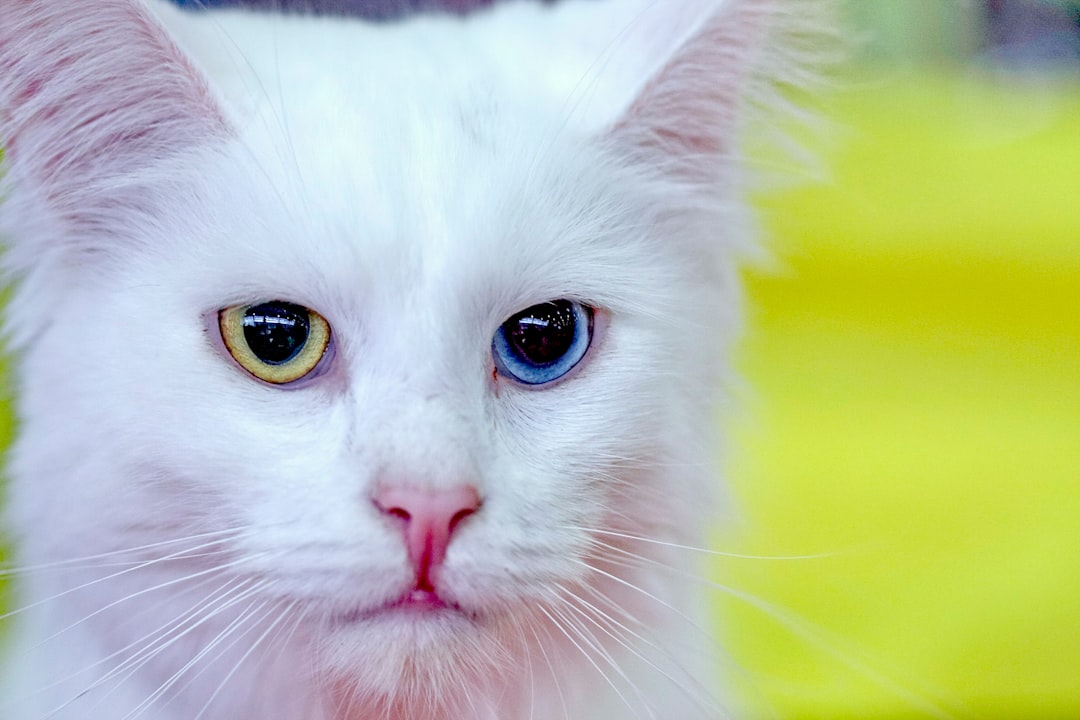
Eyes may be blue, green, or amber, or even one blue and one amber or green. The W gene responsible for the white coat and blue eye is closely related to the hearing ability, and presence of a blue eye can indicate the cat is deaf to the side the blue eye is located. However, the most prized individuals display heterochromia, with one crystalline blue eye paired with an amber or green companion.
In the early 20th century, the Turkish government, in conjunction with the Ankara Zoo, began a meticulous breeding program to protect and preserve what they considered a national treasure: pure white Turkish Angoras with blue and amber eyes. The zoo particularly prized odd-eyed Angoras (i.e. Turkish Angoras with one blue eye and one amber eye). This dedication to preserving their unique eye characteristics has made them one of the most sought-after breeds for those fascinated by unusual eye colors.
Turkish Van Cats
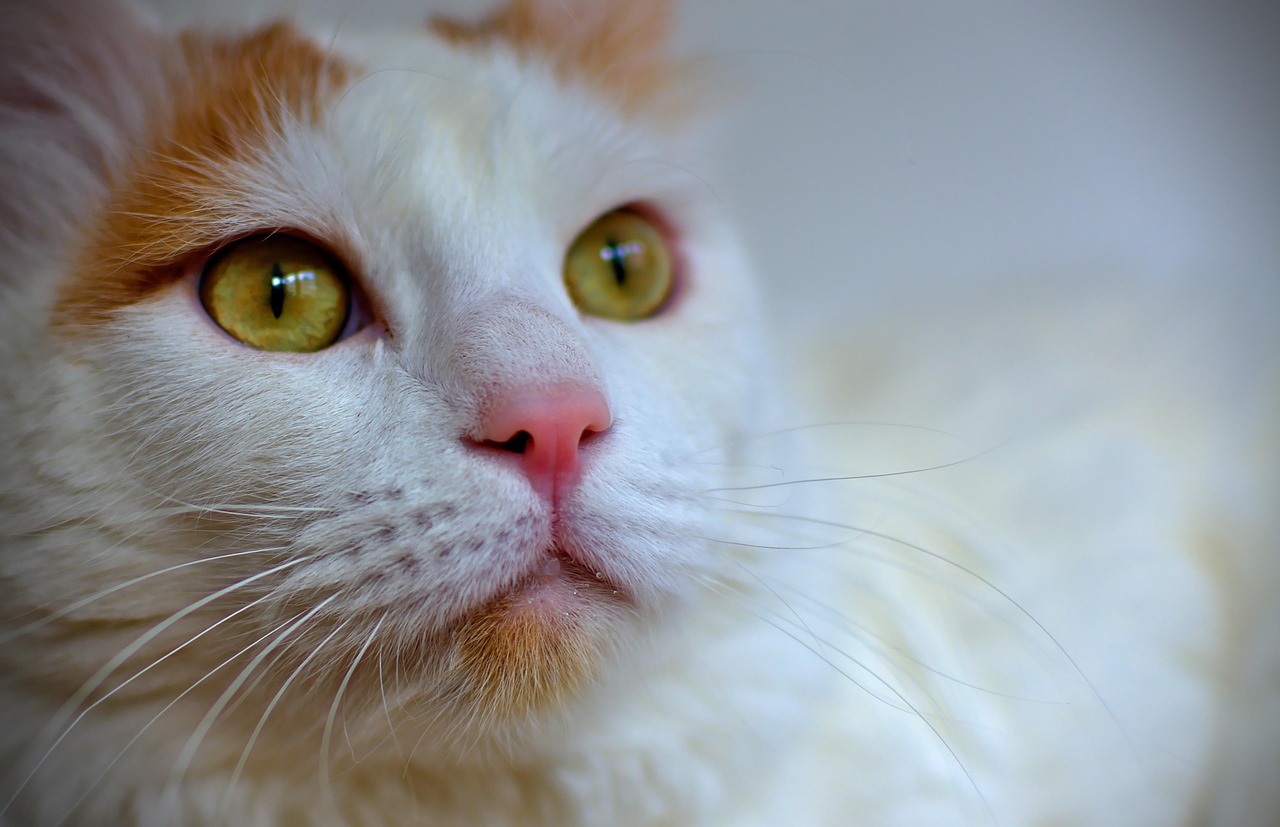
Similarly, the Turkish Van breed is known for its unusual odd-eyed trait, with one eye being blue and the other amber. Turkish Van cats are all about those amber or mix-n-match eyes – it’s like a fashion show on their faces! These swimming cats from Turkey possess a natural elegance that’s enhanced by their distinctive mismatched eyes.
Breeds including the Devon Rex, Japanese Bobtail, American Wirehair, Maine Coon, and Turkish Van can all have orange eyes. Odd-colored eyes are popular in particular breeds, including the Turkish Van, Japanese Bobtail, Persian, and Sphynx cats. The combination of their semi-longhaired coat and striking eye color variations makes them truly unforgettable.
Persian Cats
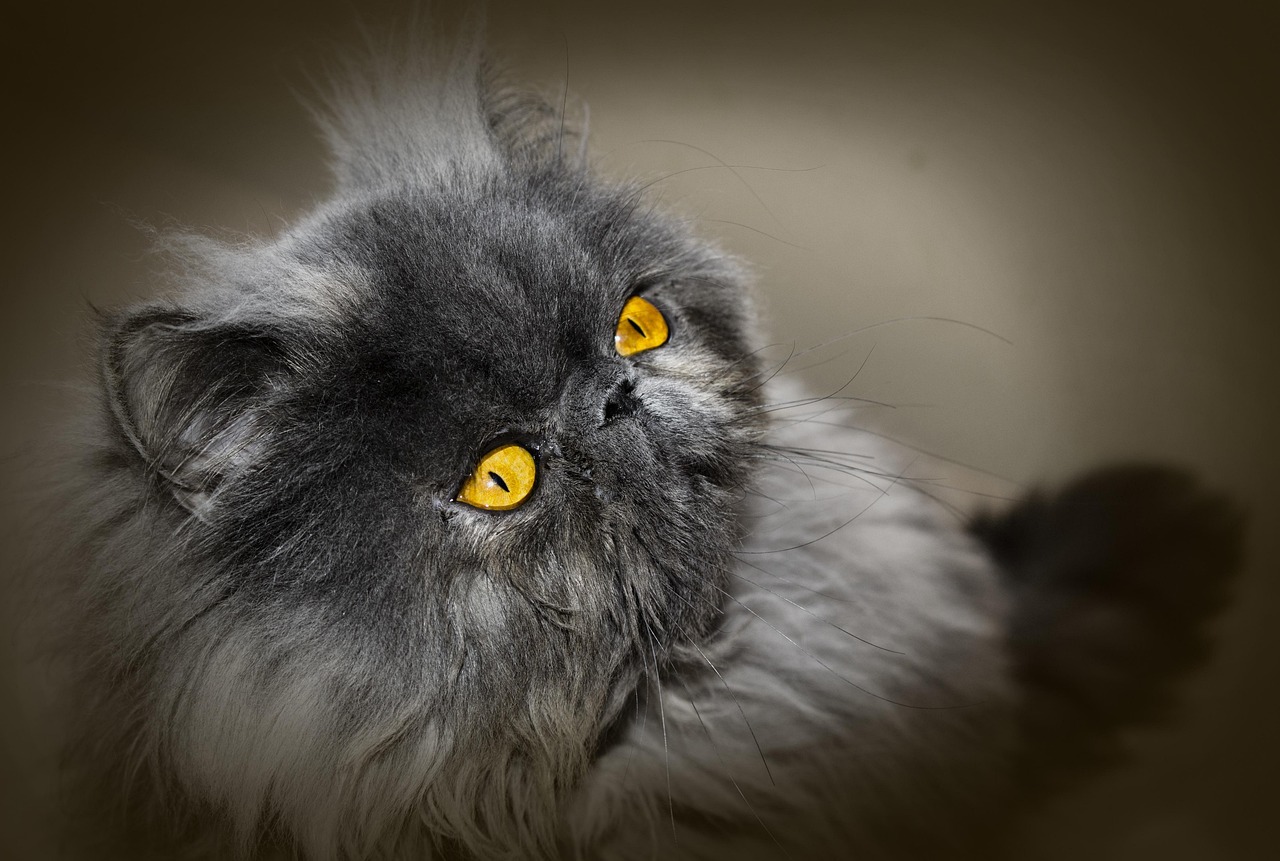
For example, Siamese cats are known for their striking blue eyes, while Persian cats typically have large, copper-colored eyes. Siamese Cats: Always have striking blue eyes. The Japanese Bobtail, Maine Coon, Persian, Cornish Rex, and Chartreux can all be found with striking copper eyes. Their large, round eyes paired with their flat faces create an expression of perpetual wonder.
Copper/Orange: Some cats, particularly certain breeds like the Persian or the Turkish Angora, can have deep copper or orange-colored eyes. This rare eye color is often associated with cats that have darker fur, especially solid-colored or tabby cats. The depth and richness of a Persian’s copper eyes can range from bright orange to deep burnt amber, each shade more mesmerizing than the last.
Maine Coon Cats
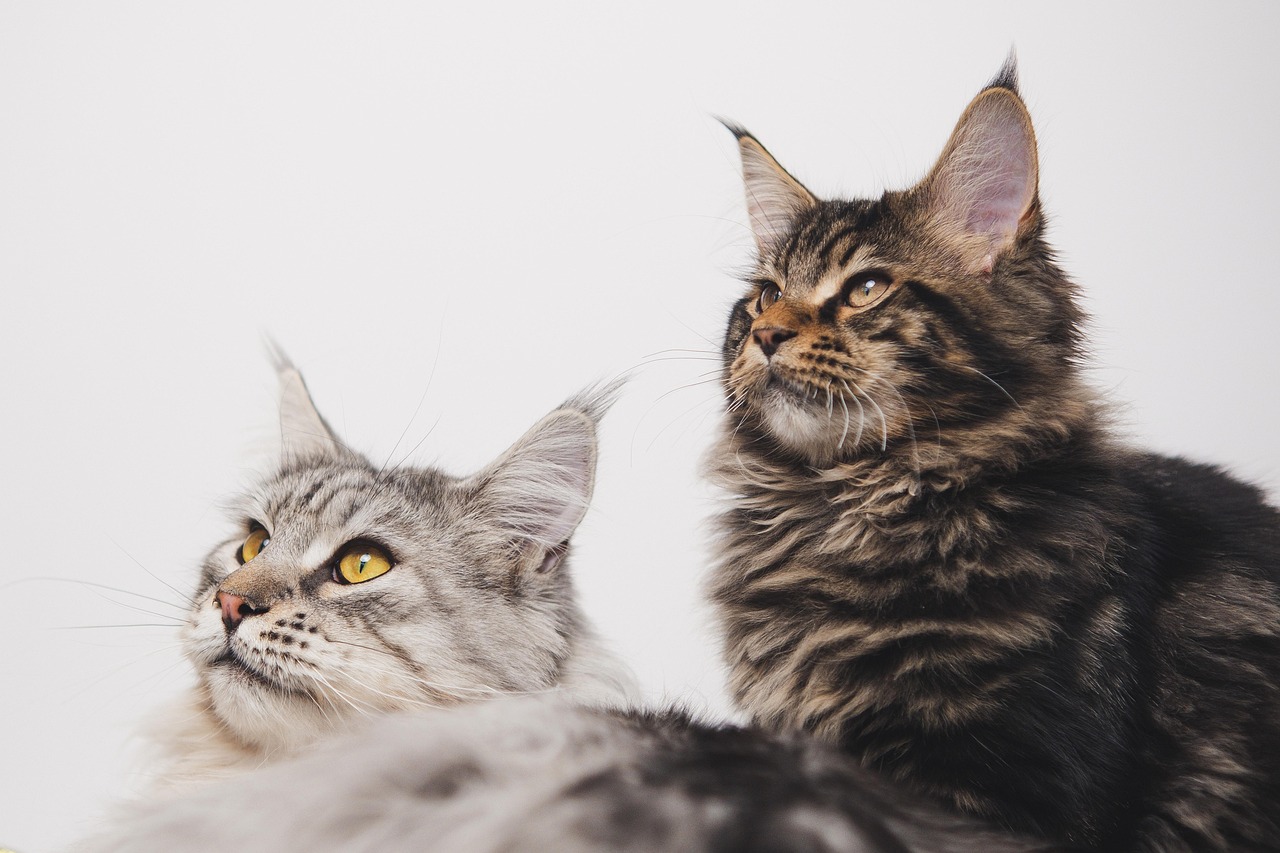
Maine Coons and cat breeds with darker coats are more likely to boast these gorgeous eye colors. Other cats that can have blue eyes include the American Shorthair, British Shorthair, Balinese, Persian, Maine Coon, and Devon Rex. Breeds including the Devon Rex, Japanese Bobtail, American Wirehair, Maine Coon, and Turkish Van can all have orange eyes. The Japanese Bobtail, Maine Coon, Persian, Cornish Rex, and Chartreux can all be found with striking copper eyes. These gentle giants can sport an impressive range of eye colors from gold to copper to green.
Even Maine Coons can sometimes have odd-colored eyes. It’s often seen in breeds like the American Shorthair and the Maine Coon. Their large size is matched only by the intensity of their gaze, which can be particularly striking when paired with their thick, luxurious coats.
Japanese Bobtail Cats
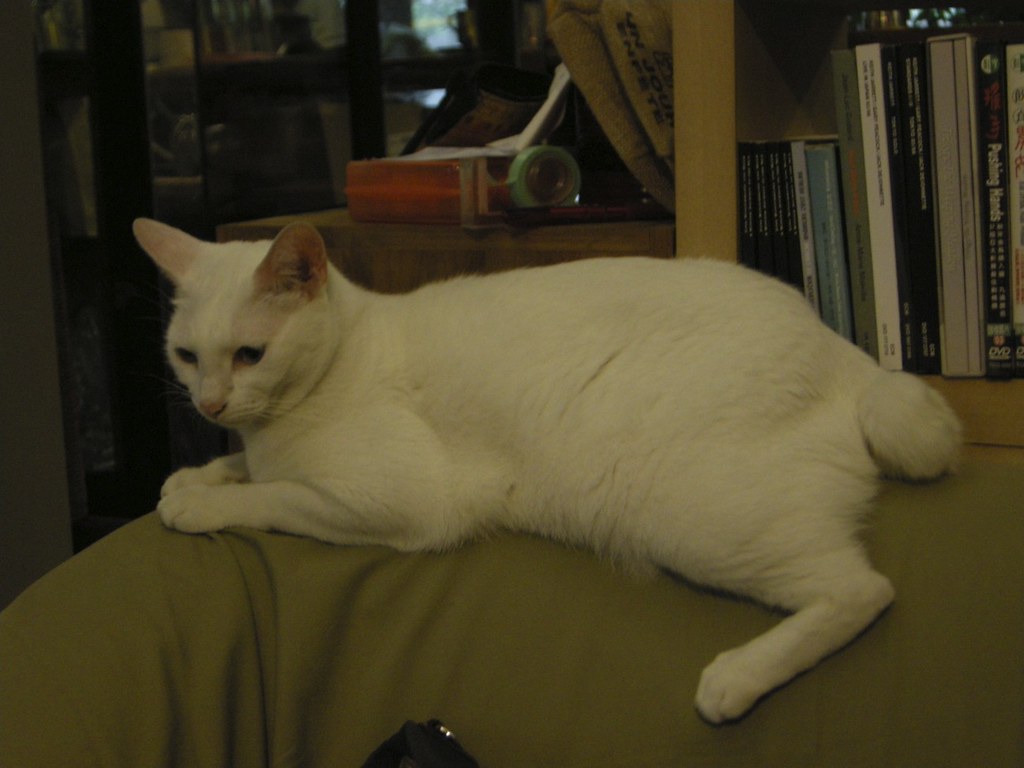
In the Japanese Bobtail, odd-eyed cats are most frequently found in calico individuals. Distinguished by its small, rabbit-like bobbed tail, the Japanese Bobtail has been revered in Japan for centuries. According to tradition, cats were reportedly released to protect crops from rodents, leading to the Bobtail becoming a cherished street cat. Today, their colourful calico coat, called “mike” in Japanese, is famed through the Maneki Neko charm, symbolising luck and prosperity.
The most fascinating aspect of Japanese Bobtails is how their heterochromia appears most dramatically in their calico varieties. Japanese Bobtail: This breed, known for its distinctive bobbed tail, can also have odd eyes. Their eyes often complement their tri-colored coat patterns, creating a harmonious blend of genetics and artistry that has made them symbols of good fortune throughout Japanese culture.
Sphynx Cats
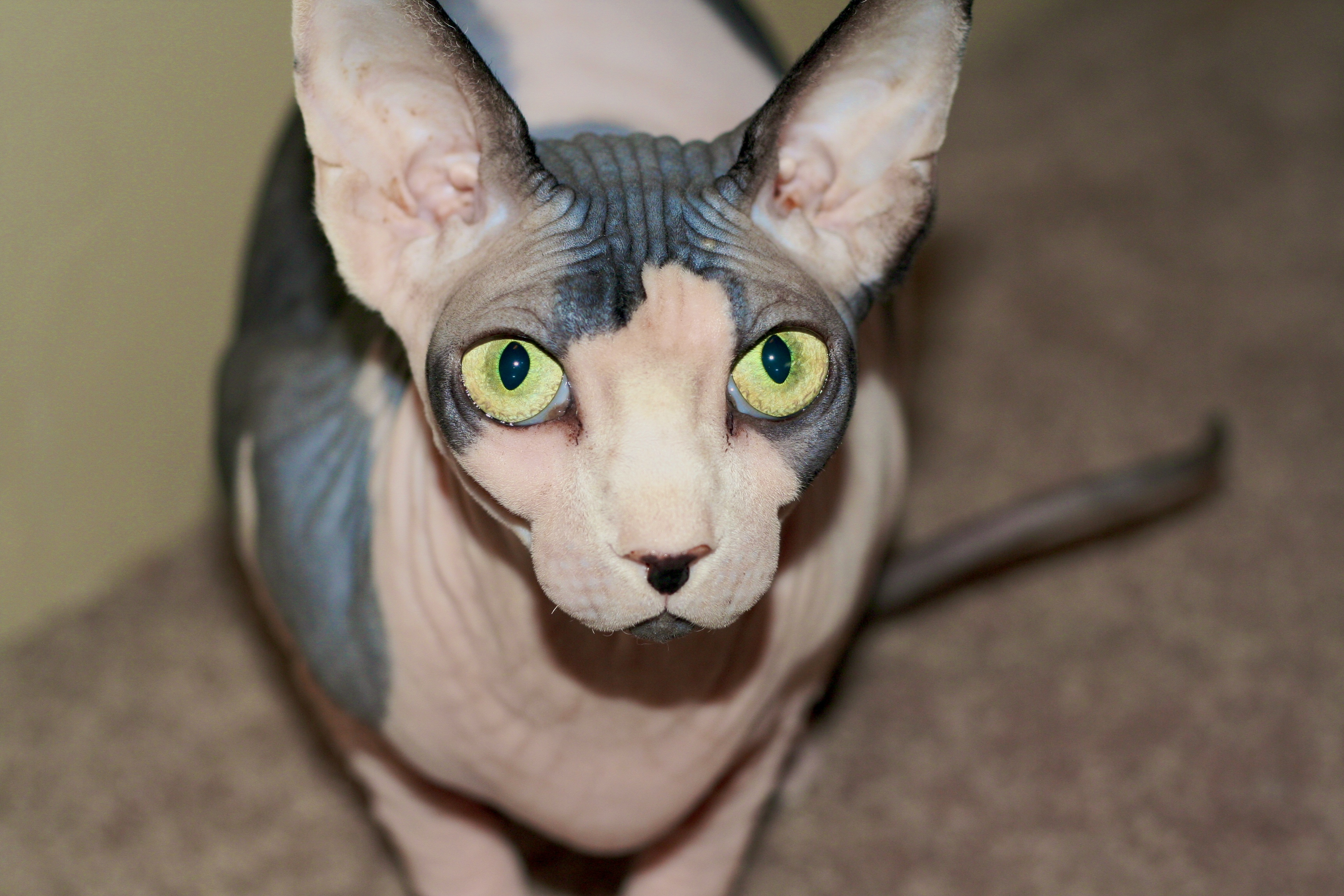
Sphynx cats, with their hairless wonder, can also be odd-eyed, making their alien-like appearance even more mesmerizing. Their large, round eyes will usually be yellow or light green, while the blue eye is usually vivid and deep in color. This is why odd-eye Sphynxes are such sought-after cats. Without fur to distract from their features, their eyes become the absolute focal point of their appearance.
Breeds with yellow or amber eyes include the Bengal, American Shorthair, Manx, British Shorthair, LaPerm, Bombay, Sphynx, and the Norwegian Forest Cat. The contrast between their wrinkled skin and brilliant eyes creates an almost supernatural appearance that’s both striking and endearing. Their large, lemon-shaped eyes seem to hold ancient wisdom.
Khao Manee Cats
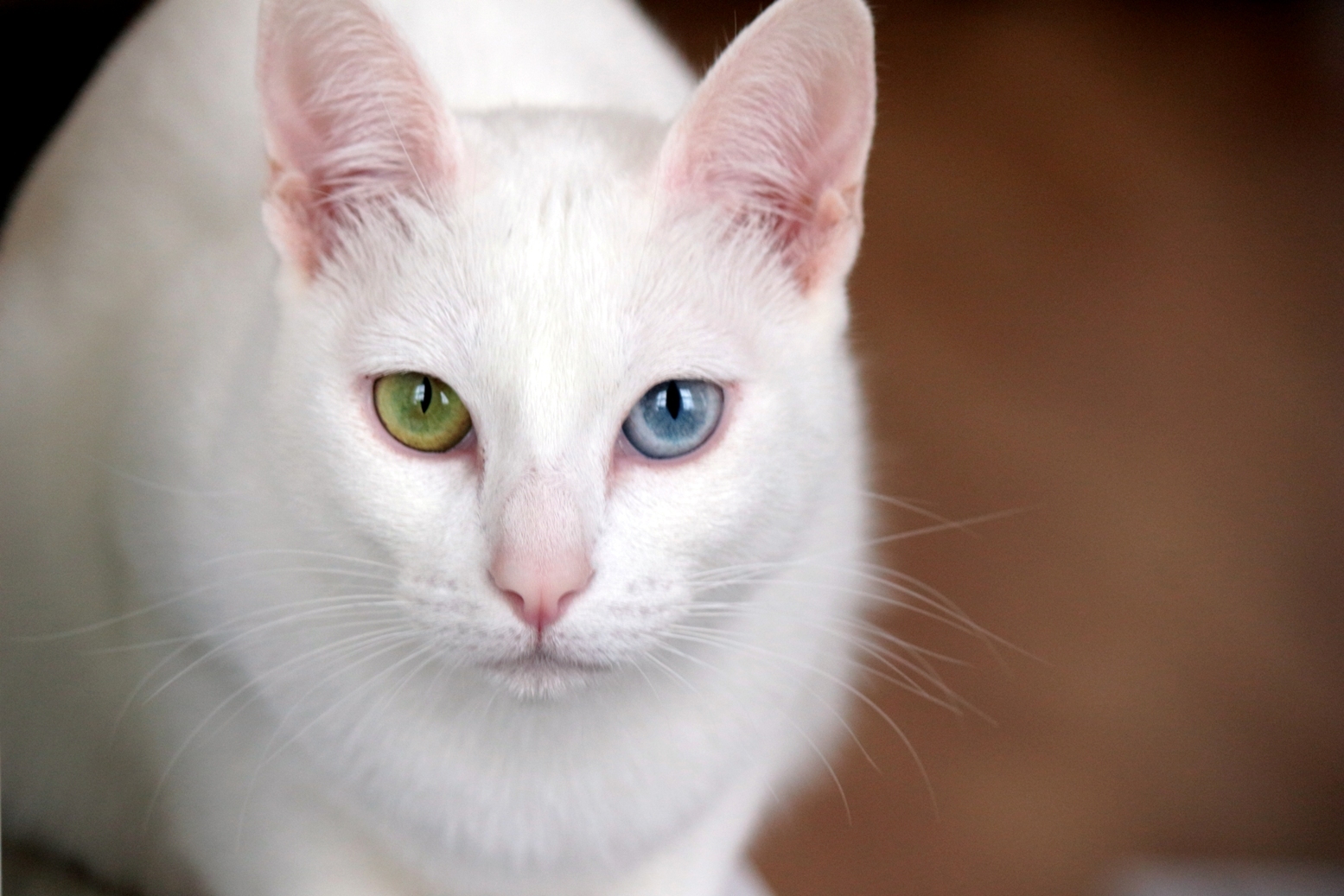
Their big, vibrant eyes can be any shade of blue, green, or gold, though the most prized Khao Manee eye color is odd-eyed – meaning one blue and one green, or one blue and one gold. The brilliant, richly colored eyes – which may be any shade of blue, green, yellow or odd-eyed – are its most striking feature, with odd eyes being the rarest and most prized. These Diamond Eye cats from Thailand possess some of the most spectacular eye combinations found in any breed.
Once known as a royal cat in Old Siam (now Thailand), the Khao Manee captivates with striking “silver and gold” eyes – usually one silvery-blue and one amber-green. Although currently thought of as a “new” breed, the Khao Manee is actually a very old one, referenced as a “good luck” cat in the ancient Thai book of cat poems, known as the Tamra Maeo, produced during the Ayutthaya period of Thai history (1350-1767). Legend tells us that Thai royalty kept the breed hidden from visitors in order to preserve it as a primarily royal pet. Their eyes truly embody the meaning of their name – White Gem.
Egyptian Mau Cats
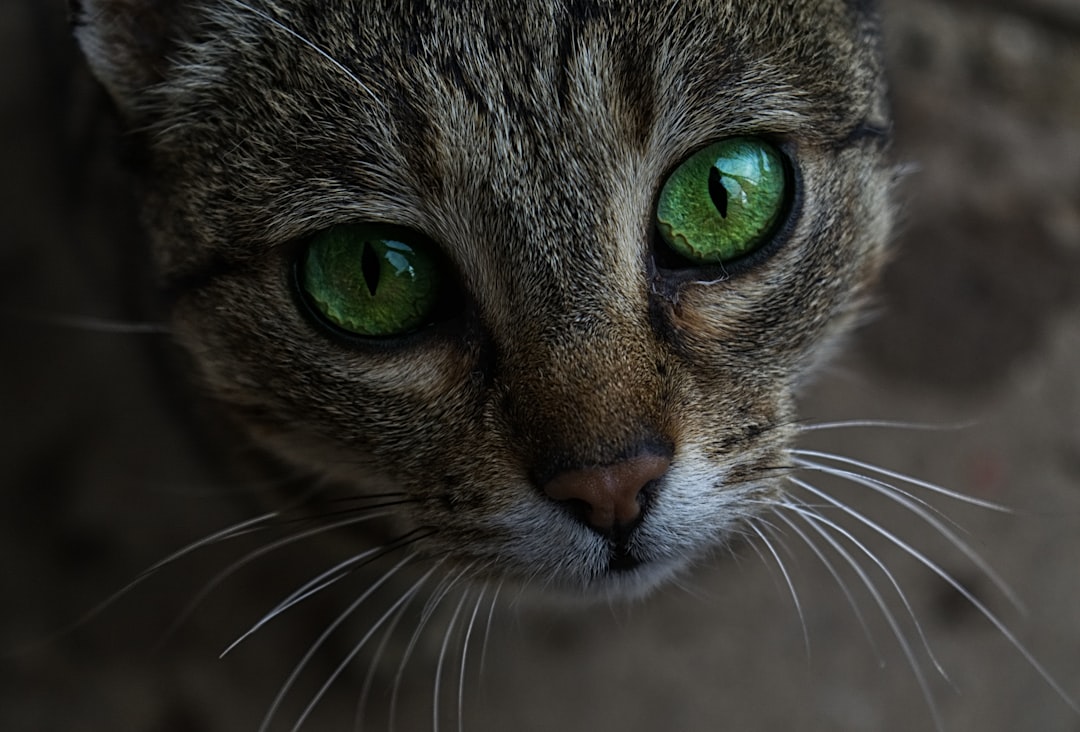
Common green cat eyes are usually mixed with undertones, but solid, vivid green eyes, as with the Egyptian Mau or Russian Blue breeds, are quite rare. Genetics: Green eyes are often found in pedigree cats, such as Russian Blues and Egyptian Maus, but they also occur in mixed breeds. The Egyptian Mau’s green eyes shine like polished jade against their naturally spotted coat.
These ancient cats possess eyes that seem to hold the mysteries of their Egyptian heritage. The depth and clarity of their green gaze is unmatched, creating an almost hypnotic effect that perfectly complements their regal bearing and natural athleticism. Their eyes often appear to have an inner glow that intensifies with their emotions.
Bengal Cats
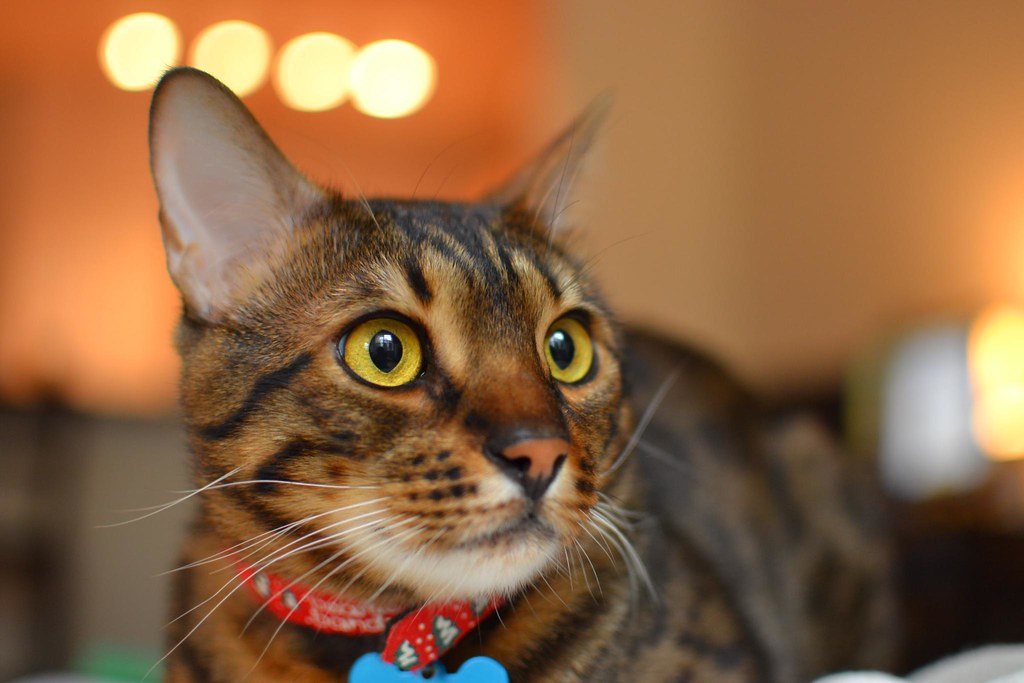
Breeds with yellow or amber eyes include the Bengal, American Shorthair, Manx, British Shorthair, LaPerm, Bombay, Sphynx, and the Norwegian Forest Cat. The Burmese cat breed can have particularly striking golden eyes, with show cats often having shades of impressive brilliance and depth. Bengal cats often display brilliant gold to amber eyes that perfectly complement their wild-looking spotted or marbled coats.
The intensity of a Bengal’s gaze reflects their wild heritage, with eyes that can range from bright copper to deep gold. Their large, slightly oval eyes are set wide apart, giving them an alert and intelligent expression that mirrors their active personality. The combination of their exotic markings and penetrating stare creates an almost leopard-like appearance.
Tonkinese Cats

Tonkinese cats have distinctive eye colors that can range from blue to green shades. This unique shade represents a perfect blend between the deep blue of their Siamese ancestors and other genetic influences, creating a color that’s distinctly their own.
The aqua-blue eyes of Tonkinese cats are truly one of nature’s most remarkable achievements in feline genetics. This ethereal shade seems to capture the essence of tropical waters, shifting between blue and green depending on the lighting. Their almond-shaped eyes perfectly complement their mink-like coat texture, creating an overall appearance of sophisticated elegance that sets them apart from any other breed.
The Science Behind These Striking Eyes

The color of a cat’s eyes is determined by the amount and type of melanin (pigment) present in the iris. As kittens mature, melanin gradually develops, leading to their final eye color by around 3-4 months of age. All kittens are born with blue eyes, regardless of what their adult eye color will eventually become. This temporary blue coloration occurs because melanin production hasn’t yet begun in the iris.
It’s important to note that while genetics play a significant role in determining eye color, the presence of pigments and their interaction with light can lead to variations even within the same breed or lineage. Cat eye colors are not only aesthetically appealing but also offer insights into the intricate interplay of genetics and biology that make each feline’s gaze uniquely captivating. The most fascinating aspect is how The odd-eyed colouring is caused when either the epistatic (recessive) white gene or dominant white (which masks any other colour genes and turns a cat completely solid white) or the white spotting gene (which is the gene responsible for bicolour coats) prevents melanin (pigment) development, resulting in a cat with one blue eye and one green, yellow, amber, or brown eye.
These remarkable eye variations remind us that genetics can create beauty beyond our wildest imagination. From the temperature-sensitive albinism that gives Siamese cats their eternal blue gaze to the complex genetic dance that produces heterochromia in Turkish Angoras, each breed tells a story written in the language of DNA and expressed through their captivating eyes.
What fascinates you most about these genetic marvels? Have you ever gazed into the eyes of one of these breeds and felt that mysterious connection that only cat lovers truly understand? Tell us in the comments which of these striking-eyed breeds has captured your heart.





